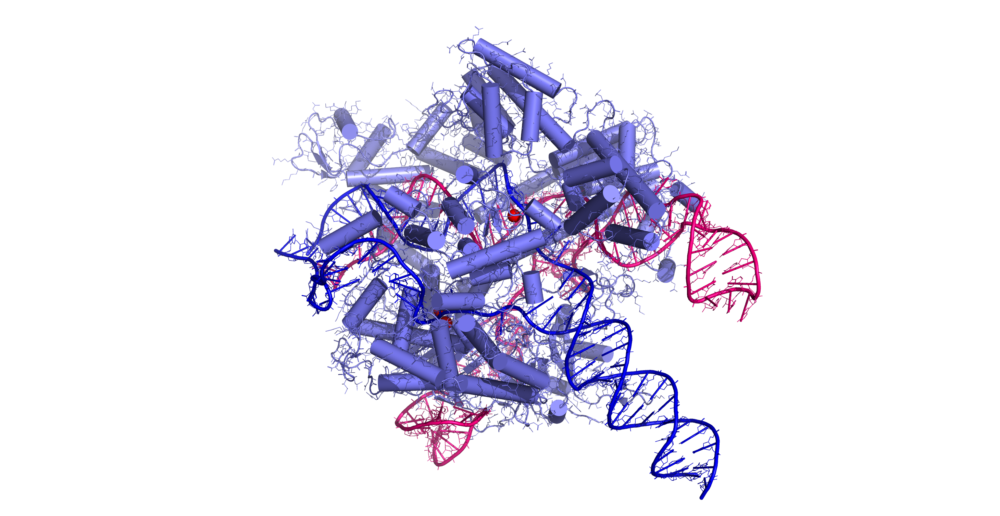CRISPR-Cas, without a doubt, is a buzzword in the modern scientific community. It holds immense potential, above all else, to implement change within medicine and by extension people, policy, and the world. However current the potential of CRISPR-Cas may seem, the discovery of the CRISPR-Cas system dates back almost 40 years. The focus now applied to CRISPR-Cas studies came about when scientists around the globe slowly aligned their research goals and even more scientists built on it. The evolution of CRISPR-Cas has been everything from incremental to controversial, and it is certainly ongoing.
“It holds immense potential, above all else, to implement change within medicine and by extension people, policy, and the world.”
The term “clustered regularly interspaced short palindromic repeats” was coined by Francisco Mojica in 1993. Six years prior, Mojica, Yoshizumi Ishino, and their team discovered these DNA repeats accidentally in the genome of E. coli. At the same time, a research team in the Netherlands found that different strains of bacteria contained spacer sequences between DNA repeats and that these spacers could reversely be used to identify strains of bacteria. Unfortunately, Ishino, Mojica, and others could only learn so much about these sequences due to the lack of DNA sequencing technology. The best hypothesis was that these DNA sequences functioned as a kind of repair mechanism for archaea and bacteria.
It was only in the late 1990s and early 2000s that DNA sequencing technology took off for a second time and sequencing an organism’s genome became faster, more accurate, and more efficient. The advantages of this tech gave way to Mojica and his team identifying that the spacer sequences were not random, but were similar to existing prokaryotes. The team further found that viruses cannot infect bacteria with a homologous spacer sequence. This led his team to make a new hypothesis, involving CRISPR as an adaptive immune response for bacteria against viruses. Together with Cas (CRISPR-associated sequence) proteins, the CRISPR system fights reinfection by analyzing the DNA of a specific virus.
In 2007, French scientist Philippe Horvath proved Mojica’s hypothesis by demonstrating how a bacteria commonly used in the dairy industry could defend itself against viral attack by introducing a phage and then successfully locating the phage’s DNA sequence in the CRISPR array. Horvath further identified that of the various Cas proteins, Cas9 was the only protein necessary to split target DNA in a CRISPR system.
“The story of CRISPR-Cas is not over; it is just beginning.”
From 2007 to 2012, research in the Netherlands, the United States, Canada, Sweden, Austria, and Lithuania revealed the mechanisms of CRISPR-Cas. It was through this research that an application began to emerge. Virginijus Siksnys and his team in Lithuania were able to reprogram a Cas9 protein to target a chosen sequence in foreign DNA, which showed that the CRISPR-Cas system could be personalized. Simultaneously, Jennifer Doudna and her lab in California synthesized the CRISPR system, making it more accessible as a “cut-and-paste” genome editing application. In 2013, Feng Zhang of MIT and George Church of Harvard brought down the house by successfully applying the CRISPR-Cas system to mammalian cells in laboratory experiments. Both Zhang and Church labs engineered Cas systems to target sequences of their choosing.
Since these foundational studies, new goals of eradicating previously incurable human diseases arose. Clinical trials using CRISPR-Cas approaches to treat sickle cell anemia have been ongoing and have more recently been implemented in cancer research and treatment. Diagnostic tests for saliva, blood, and urine using CRISPR-Cas have become fast and accurate alternatives to amplifying sections of DNA.
But applications of CRISPR-Cas go beyond the medical realm. The conjunction of agriculture and technology has shown promise in editing food for longevity and consistent growth. CRISPR-Cas systems applied to bacteria have been shown to activate pathways for creating the components of biofuels. All of these applications carry huge benefits for people and the planet. There is a reason CRISPR-Cas has stayed relevant. Forty years later, the road of experiments, trials, and research still stretches far into the horizon. The story of CRISPR-Cas is not over; it is just beginning.
